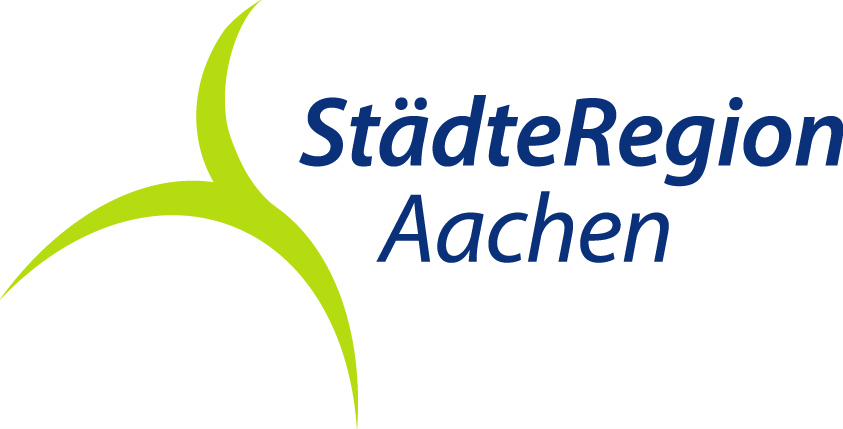Quer durch den Pferdelandpark
Even the starting point of the tour - the Devil's Monument on the Lousberg - has a curious and legendary story to tell. According to legend, the devil was tricked by the people of Aachen during the construction of the cathedral and to avenge this disgrace, the city and all the people of Aachen were to be filled with sand! He walked to the North Sea, loaded dunes into two sacks and dragged them back to Aachen to put his plan into action. However, the villain had misjudged the weight of his load. An old woman came at just the right time to ask him how long he still had to march to Aachen. But she recognized him by his horse's foot and pointed out that her shoes were ragged from the long hike and that she had acquired them in Aachen in one piece. She had been on her way back ever since. Full of rage and exhaustion, the devil threw down both sacks on the spot and left. The mountains of dune sand can still be seen today: Lousberg and Salvatorberg.
After bypassing the Lousberg, the route first heads to the Soers, which is more than just the world-famous venue for the annual international equestrian event CHIO. Humans have given the Soers a very special character: Meadows and pastures dominate the former marshland; hedges and rows of trees structure the landscape. In the areas close to the town, economic interests and the cultural needs of local residents shaped nature from an early stage. The torrent powered mills and supplied fresh water for dye works and spinning mills, so that later the cloth industry and mining shaped this area. The citizens of Aachen built summer residences and gardens on the former estates and planted rare tree species and avenues, which made the small-scale cultural landscape even more diverse. This is how today's lovely Soers was created, whose scenic charm attracts many visitors.
We next cross the Hasenwalder Feld between the small-scale structured Soers and the expanse of the Horbacher Börde. In the vicinity of the old village of Berensberg, the old farmsteads and remnants of landscaped gardens are a particular attraction. The route then crosses the Horbacher Börde, whose fertile soils are still used for agriculture today. Old village sites and farmsteads, historic paths and wayside crosses tell the story of this region. Over the centuries, the characteristic wide open fields and large fields that can be seen from afar were created here. The route then returns to the Lousberg via Laurensberg.
Highlights along the route
- Lousberg
- Devil's Monument
- Soers
- Ferber House
- Groß-Uersfeld manor house
- Geuchter Hof
- Upper mill
- Heyden House
- Steinstrass Manor
- Rahe Castle










